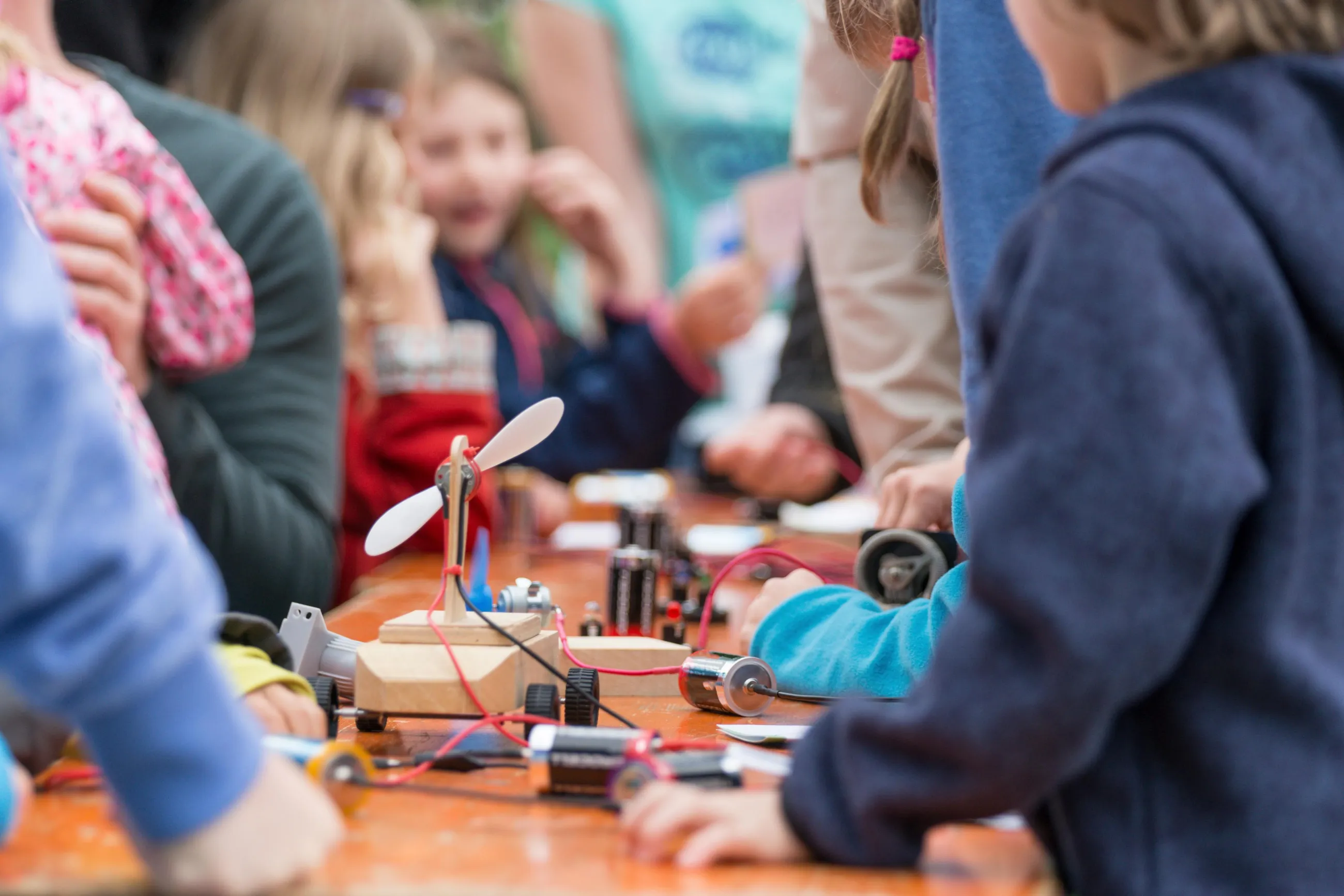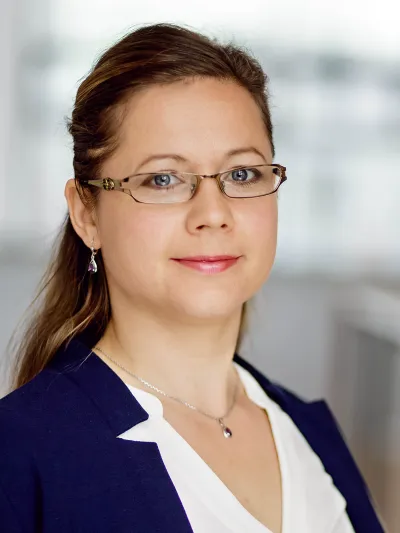NAWII
Recording and promoting the interest in natural sciences of 5 - 6-year-old children in the day care centre

With the demand for early promotion of scientific competences (e.g. Lück, 2013), the importance of the pedagogical quality of the institution is increasingly being discussed. With this research project, on the one hand, a quantitative observation procedure for the behaviour-oriented recording of interest in natural sciences in the elementary sector is being developed and, on the other hand, the connection with various factors of the process and structural quality of the institution is being investigated.
Theoretical background: Scientific competences are an important educational goal for children. According to the pedagogical interest theory (Schiefele, Prenzel, Krapp, Heiland & Kasten, 1983), "interest" represents a special form of learning motivation with high quality and specific characteristics, which is not oriented towards the educational goals of external determination, but towards self-determination, voluntariness and maturity. This article deals with the question of how interest in science can be measured and promoted in the kindergarten.
To this date, there are few reliable empirical research findings on how scientific interest can be measured and which didactic methods are most effective in promoting scientific interest at the elementary level.
The present study examines an observation procedure for recording the scientific interest of 5 - 6-year-old children in day care centres. Furthermore, the relationship of the quality of structure, process and orientation with the expression of the children's interest in science is investigated.
Research questions:
- Can the scientific interest of preschool children be validly assessed with a short observation procedure?
- What are the correlations between the structural, orientation and process qualities of the facility with regard to science education and the expression of the preschool children's interest in science?
150 children aged 4.5 - 6.5 years from 20 day-care centres in Berlin and Brandenburg took part in the survey.
Method: In a standardised procedure, the characteristics of interest in five- to six-year-old preschool children were recorded via video recordings while they were working with materials on the topic of "Sinking and Swimming". In addition, the interest was assessed by the pedagogical staff using the valid KOMPIK assessment form. Furthermore, the quality of structure, process and orientation in the field of science education was assessed by means of questionnaires sent to the kindergarten management and the pedagogical staff of the pre-school group.
The preliminary data evaluation shows the following results:
- The child's expression of interests in the observation procedure correlated significantly (n=26, p>.002, r=.586) with the assessment by the specialist in the KOMPIK assessment form.
- The expression of interests is modelled as a dependent variable in a multilevel ran-dom coefficient modelling (MRCM, Nezlek et al, 2006) depending on the following constructs and control variables:
- Facility level: level of specialist-child ratio, importance of science learning in the concept.
- Specialist level: pedagogical quality in the area of science, number of further training courses in the area of science, importance of science stimulation for the specialist.
- Control variable: age of the teacher, gender of the teacher
- Child level: gender, age
The analyses have not yet been completed. There are indications of variance-explaining effects of the different quality dimensions on the expression of interests.
The article shows that children's interest in science can be assessed validly and objectively with a short observation procedure. Furthermore, the correlations of specific factors of structural, process and orientation quality with the expression of interest in science are analysed.
Literature
- Nezlek, J. B., Schröder-Abé, M., & Schütz, A. (2006). Mehrebenenanalysen in der psychologischen Forschung. Psychologische Rundschau, 57(4), 213–223. Online: doi.org/10.1026/0033-3042.57.4.213
- Schiefele, H., Prenzel, M., Krapp, A., Heiland, A. & Kasten, H. (1983). Zur Konzeption einer pädagogischen Theorie des Interesses. Gelbe Reihe – Arbeiten zur empirischen Pädagogik und Pädagogischen Psychologie Nr. 6. München: Institut zur empirischen Pädagogik und Pädagogischen Psychologie der Universität München.
Project management
Contact: kitaforschung@fh-potsdam.de
Project participants
Employees
- Erika Kaschinski
- Jeanine Ahrensdorf
- Lis Sönsken
Students
- Rut Schönwald
- Meliani Meliani
